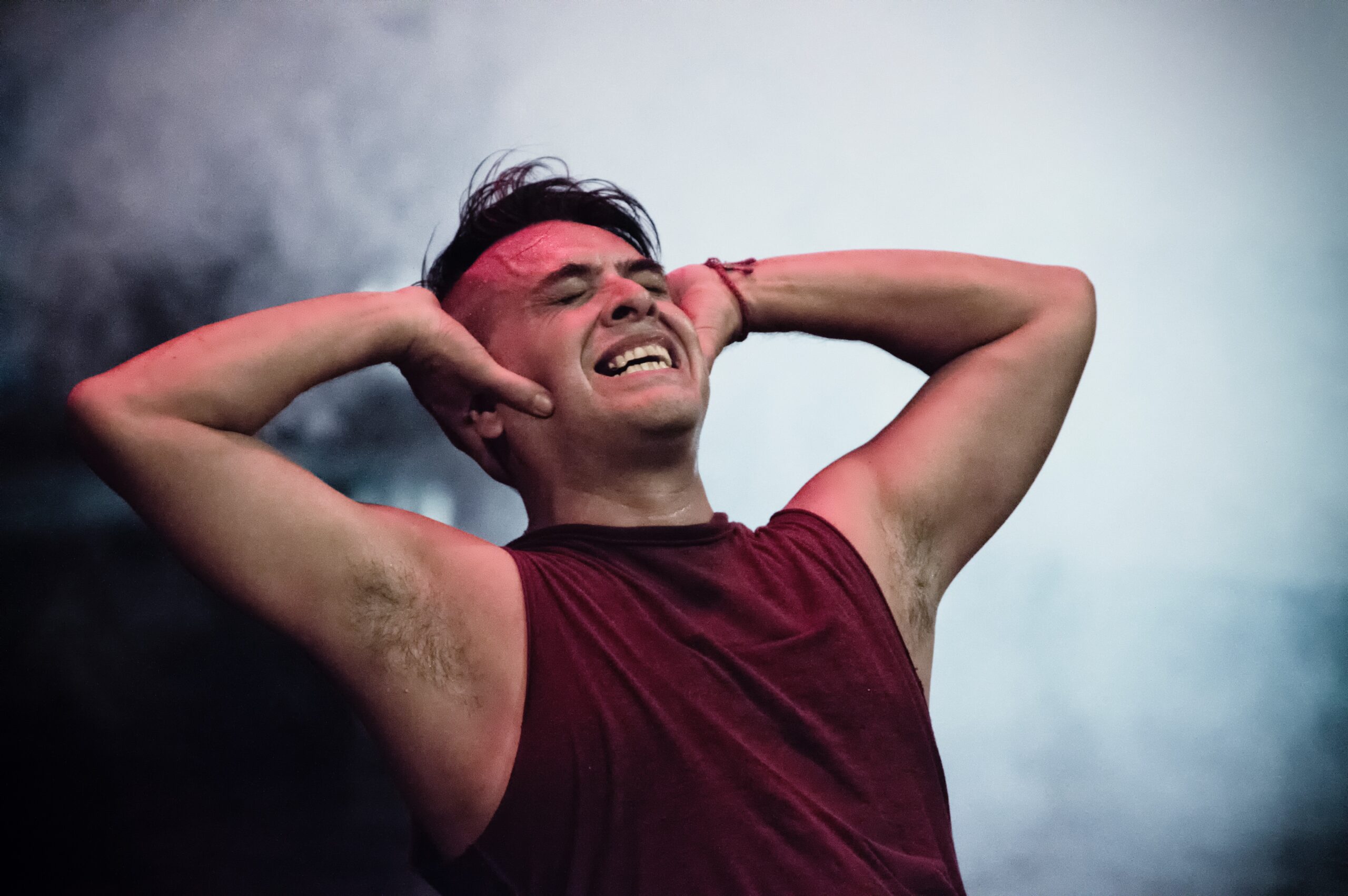An individual afflicted by scoliosis suffers from an unnatural curvature of their spine. Instead of the typical vertical shape, the spine curves to either side in the form of a S or a C shape. On the outside, his can cause your back to look uneven as one shoulder is raised higher than the other. Some cases are more severe than others, and can be classified into two categories: idiopathic and degenerative scoliosis.
Treatment for scoliosis is dependent on when the individual started experiencing symptoms of scoliosis. If scoliosis is not treated as when they are a teen, the quality of the life of the afflicted individual is reduced, as pain can set in. Adults with idiopathic scoliosis showed symptoms since they were a teen, however, the cause for their abnormal curvature is unknown. As they age, the symptoms start to become more pronounced, such as the following:
- Leaning forward
Loss of natural curve in the lower back
Low back pain
Stiffness
Numbness
Pain shooting through the legs
Other adults may not develop scoliosis until they reach adulthood, in which case this is known as degenerative scoliosis. It is caused by the degeneration of the discs in the vertebral column, which collapses the disc space, allowing arthritis to set in and affect the facet joints. Symptoms are similar to idiopathic scoliosis; the patient may experience minor to severe back pain, numbness, and pain shooting through the legs.
Treatments
Most scoliosis cases are minor (spinal curvature is less than 50 degrees) and thus most patients are given over-the-counter pain relievers combined with exercises to reduce their pain. Braces, observation, and surgery are the common methods to battle scoliosis, with surgery being the last option because it is not the best long-term. Braces have to be worn up to 23 hours per day and are quite uncomfortable for patients. Braces typically are prescribed to children and younger adults with curves measuring from 25 to 40 degrees, as these age group’s spines are still growing. However, the brace does not stop the condition after it is removed, and the muscles around the spine are weakened, decreasing support in the back.
A comprehensive scoliosis treatment is a great option to consider, as the treatment can not only reduce the curve of the spine back to its normal straight position, but also reduce pain substantially. Regular check-ups with a doctor can notify the patient if they are afflicted by scoliosis, and the earlier it is caught, the better their results will be. Catching scoliosis before the curve reaches 30 degrees allow for a gradual progression in changing the spine.
Idiopathic scoliosis is the most common type seen in patients, and even though the main cause is not known, studies have shown a link between miscommunication of the brain and the muscles that support the back. Specialized exercises can be performed on a patient, such as utilizing weights to re-establish gravity with balance. There will also be methods to increase the muscle support in the core and back, as the two work together to keep the spine straight. Reprograming the brain and repositioning the spinal column through chiropractic means will significantly reduce the individual’s pain.
For the individuals whose spine are compromised, there is no other option currently for them besides going the surgery route. After all non-invasive options have been exhausted, the health center would give the patient the option to undergo surgery. The following are options to be considered:
- Microdepression: small incision is made to relieve pressure on the nerves
Surgical Stabilization: hooks, screws, and metal rods are placed along the spine for realignment
Fusion: patient’s bone is used to correct the spine
Osteotomy: spinal pieces are excised and realigned
Vertebral column resection: removal of vertebral sections, followed by spinal realignment
There can be pain post-surgery, however, this may be only short-term discomfort. To reduce pain, rehabilitation will be the next step to encourage the use of the muscles to support the back. If there are complications after the surgery, pain may still be present, but talking to your doctor and surgeon and choosing the proper procedure for your condition will decrease the chance of this happening.
A proper treatment will address the true cause of the patient’s pain, and that is by aligning the spine back to its normal straight position. If you are looking for other option besides surgery, consider talking to a Birmingham chiropractor today at 205-637-1363. Choose a safe, natural, and non-invasive method to reduce your pain and improve the quality of your life.







